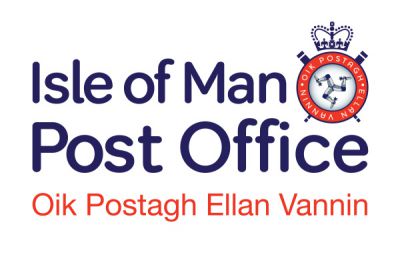
The march of technology has not only made Direct Mail a much more intelligent marketing channel, it's also made it much more adaptable. This means that 'personalisation' now means much more than simply the name on the envelope or mailer. In fact, it is a factor that needs to be considered throughout the process, from inception to response and analysis.
Let's start with the basic data. In the past, you'd have a list and you'd send the same mailer to everyone on that list, then hope for a response. No matter how much information you held on each individual, the technology simply didn't exist to leverage it. Now it's possible to mine that information and the intelligence you gather can support everything from the content to the promotion and even the design itself.
So, you've done your digging and you have a clear picture of the customer. You know they fit well with your campaign, but the question is what you want to target them with? By looking at their previous playing patterns, the sort of games they prefer and the amount they typically stake, as well as their current status (Active, inactive, new signup, etc) you can work out the sort of promotion they're likely to respond to, and how generous you need to be to reel them in.
Next, you can look at content. Modern print techniques mean that every aspect of the mailer from the instruction to the imagery can be uniquely tailored to each recipient, which is why the offer can also be unique. Look at gender, age, demographics and other information to determine how each recipient should be targeted. For example, a Baby Boomer is likely to be more willing to read copy than a Millennial, who wants minimum text and instant gratification.
As ever with marketing, you get out of personalisation what you put into it, and the more data you have, the better you can do it. It's even possible to tailor aspirational images to different audiences. For example, a young parent might like to see images of nice houses, dream family holidays and kids going to university, while a young male professional might be motivated by pictures of fast cars and yachts.
The art of personalisation even extends to the response mechanism. Online solutions are pretty much the standard these days – using QR codes, URLs or even augmented reality – and it's pretty much a given that a majority of recipients, even most OAPs, will have some sort of internet access, but this still leaves many options to consider. For example, a busy working parent might want a rapid expression of interest, while a university student might favour enhanced interactivity and even gameplay options. There's no reason why you can't work different mechanisms within the same campaign.
Finally, it's important to use your campaign to derive as much additional information as possible from the people who respond. Everything from age to interests, occupation and address can be useful, adding to your knowledge base on your audience. And as we all know, in eGaming knowledge is power.
Personalisation isn't rocket science, but it can make the difference between success and failure of a Direct Mail campaign. With a higher unit cost, Direct Mail is always going to be about quality over quantity, so it's vital that you take full advantage of the opportunities offered by technology, and personalisation flows right through a successful Direct Mail campaign.
Niall Carey is Interim Commercial Director of Isle of Man Post Office, where he oversees the Secure Direct Mail division, dedicated exclusively to eGaming direct mail campaigns.
